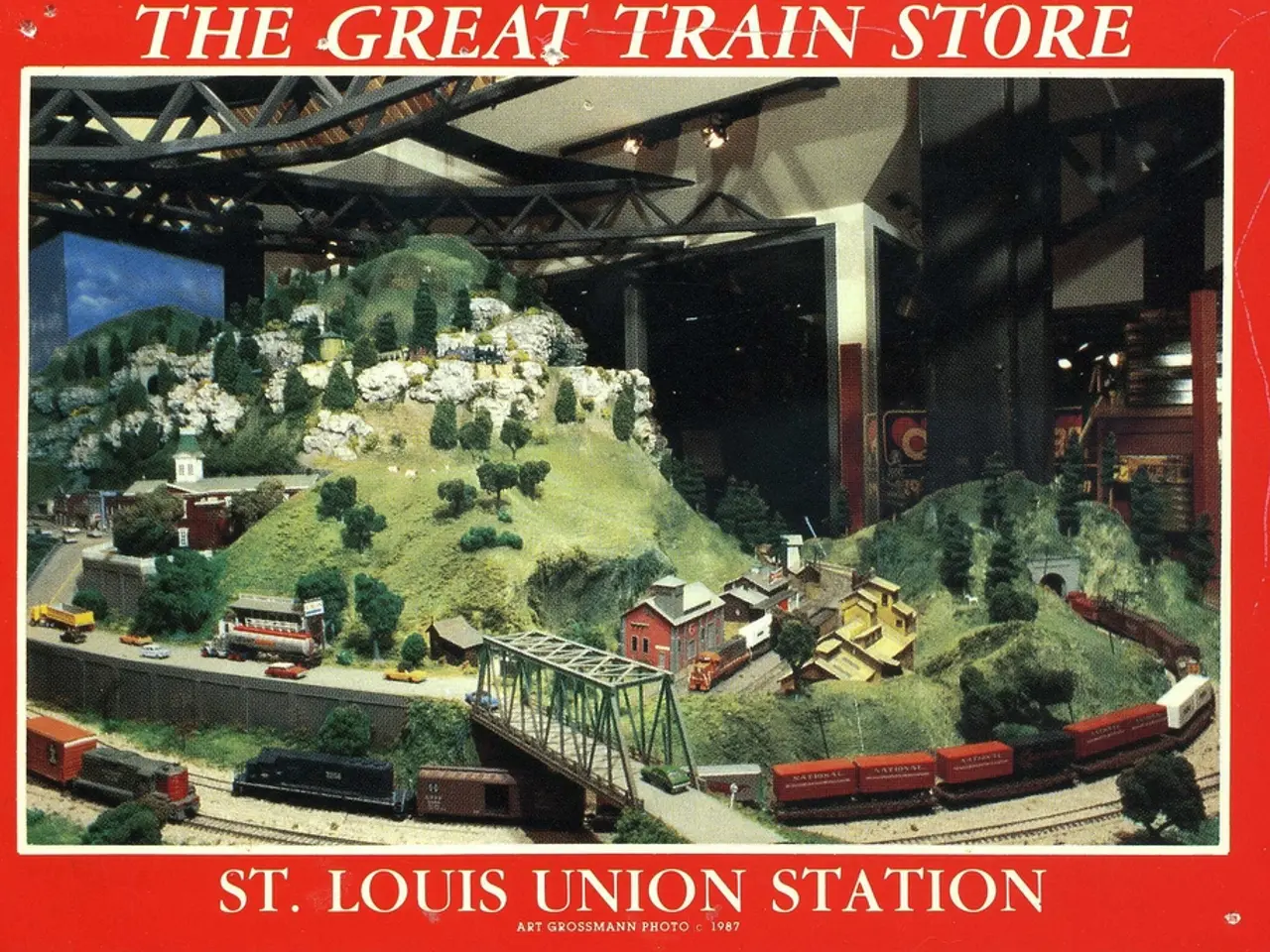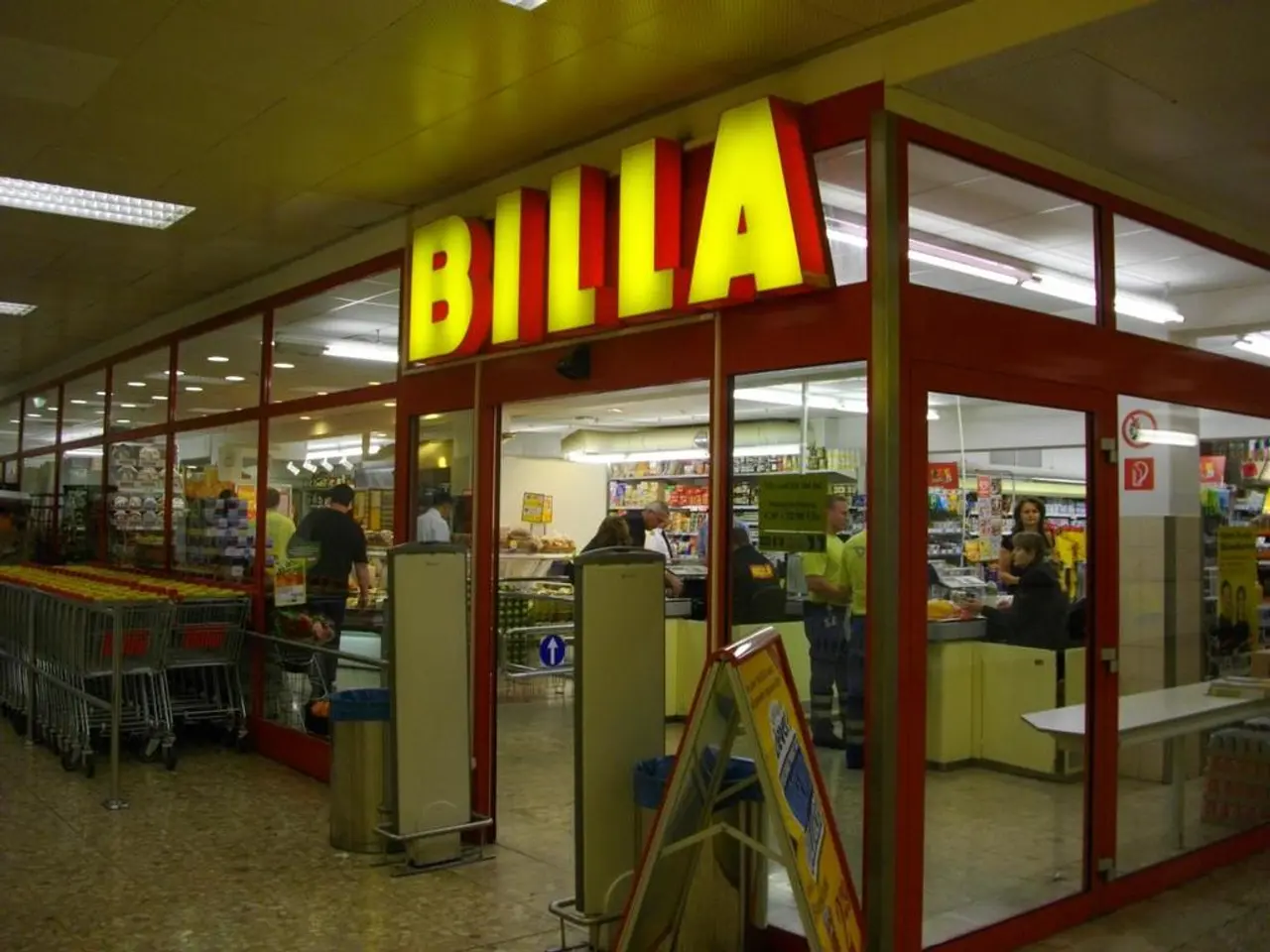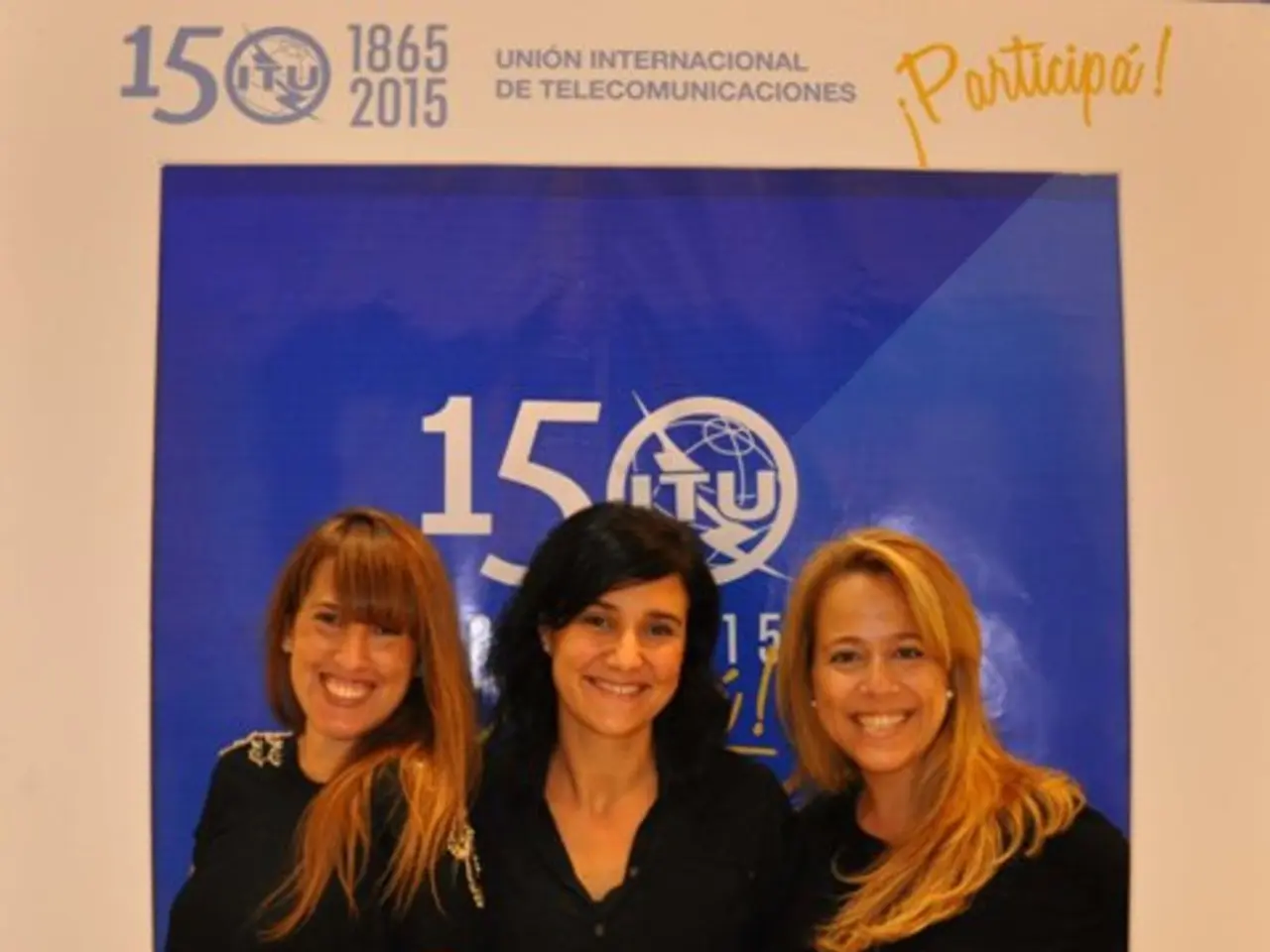California's high-speed rail project is planning to construct sections towards Gilroy and Palmdale simultaneously, in addition to the Central Valley segment.
California Pushes Forward with High-Speed Rail Project Despite Funding Challenges
California's ambitious plan to extend the bullet train to Gilroy and Palmdale is moving forward, despite a significant setback in federal funding. The Trump administration withdrew over $4 billion in federal funding earlier this year, citing concerns about feasibility, escalating costs, and delays.
However, Governor Gavin Newsom has shown unwavering support for the project. He has proposed and secured $1 billion annually from the state’s cap-and-trade program over the next 20 years to finance the completion of the initial operating segment, including sections through the Central Valley such as Merced to Bakersfield.
The California High-Speed Rail Authority (CHSRA) is also actively seeking alternative funding sources, including strong interest from the private sector for public-private partnerships. The CHSRA is planning to build a 171-mile stretch connecting the agricultural cities of Merced and Bakersfield, a crucial part of the broader route potentially reaching Gilroy and Palmdale.
The CHSRA is set to release the exact dollar figures for the extension in official proposals in the coming weeks. The proposed funding is expected to be enough to complete the Central Valley segment, from Bakersfield to Merced, but not to extend the line all the way to Gilroy and Palmdale.
Senator Dave Cortese, a Santa Clara County Democrat, supports the $1 billion allocation for the High-Speed Rail Authority. Executive from across the private sector have endorsed the route extension during a panel discussion with the CEO of the CHSRA. Higher ridership figures could help attract private investment necessary to complete the high-speed rail project, according to executives from the private sector.
The vision is for the first phase of high-speed rail to end at stations with transit connections to downtowns of San Francisco and Los Angeles. From Gilroy, a rider can reach San Francisco via Caltrain in about two hours, with a stopover in San Jose. From Palmdale, a rider can reach L.A.'s Union Station in two hours on Metrolink, or transfer to the private Brightline railroad currently under construction between Rancho Cucamonga and Las Vegas.
California's cap-and-trade is only authorized through 2030, and negotiations are ongoing over its reauthorization and revenue division. The rail authority currently receives a 25% cut of the cap-and-trade annual revenues, an amount that fluctuates from year to year. The projected funding for the upcoming fiscal year is $4.8 billion.
The CHSRA's CEO, Ian Choudri, is pushing for simultaneous construction in the Central Valley, Gilroy, and Palmdale. The CHSRA is also engaged in legal action to contest the federal funding withdrawal and continues efforts to update its cost estimates, risk assessments, and funding plans to address project challenges and build investor confidence.
In summary, while federal funding for extending the rail to Gilroy and Palmdale has been rescinded, the state of California remains financially and politically committed to advancing the project through substantial state funding and private financing initiatives, alongside ongoing litigation to recover federal support.
The California High-Speed Rail Authority (CHSRA) is seeking alternative funding sources, such as private sector investment, for the extension of the high-speed rail project to Gilroy and Palmdale. The CHSRA plans to build the 171-mile stretch connecting Merced and Bakersfield, an initial part of the broader route, with funding from California's cap-and-trade program and private finance.




